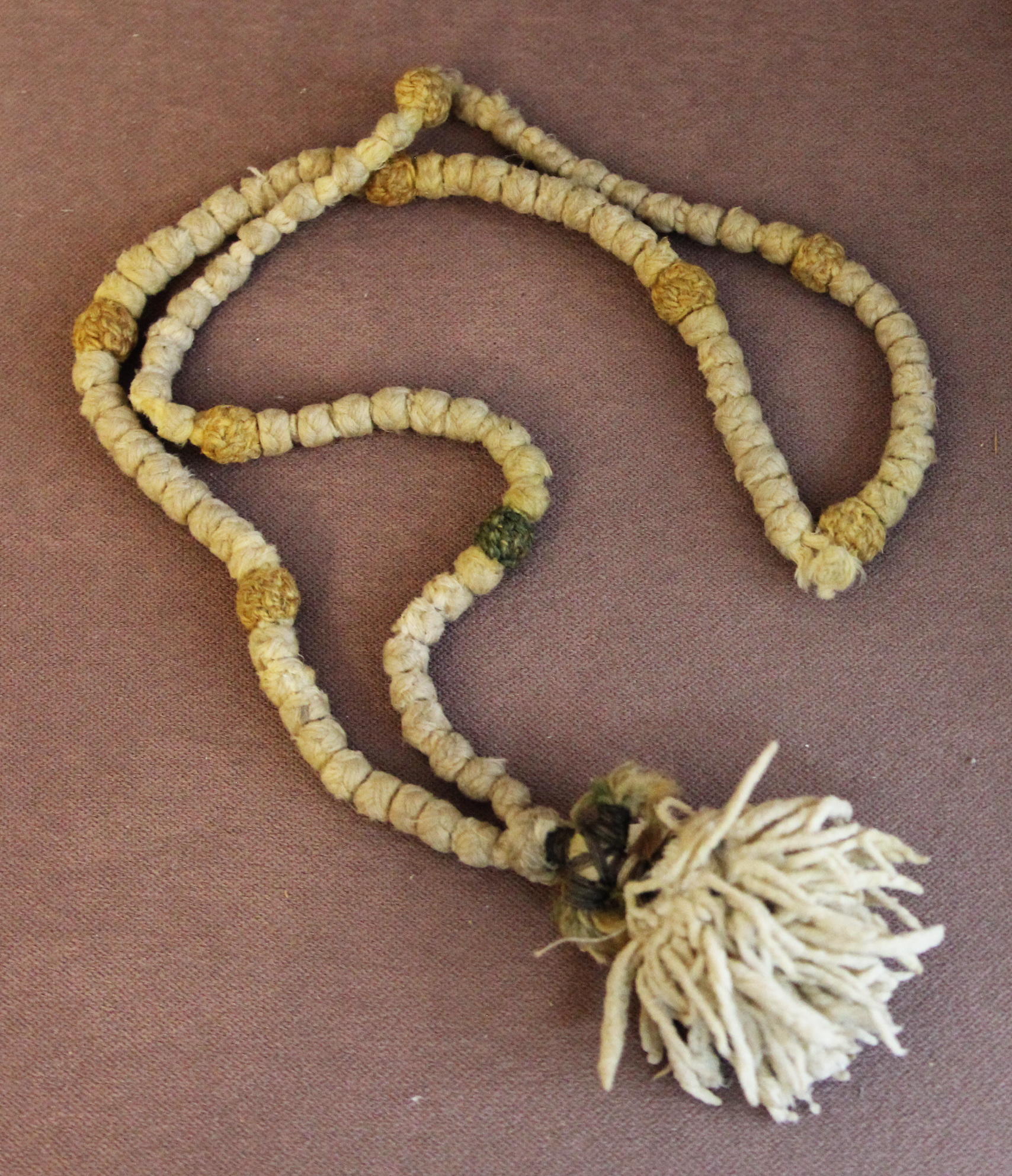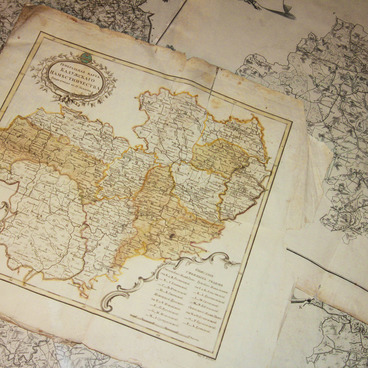Prayer beads are used by members of various religious traditions to keep track of prayers and devotions. The earliest prayer beads found come from India and date to the second millennium BC. The beads are strung together in a circle, which symbolizes the continuity of prayer. The devout also used prayer ropes with tied knots instead of beads.
Christian prayer beads can be traced to the end of the fourth century BC. The first orthodox prayer beads were called ‘lestovka’ (from the word meaning ‘ladder’) as they resembled a ladder and symbolized a spiritual ascent to heaven. After the Russian Orthodox schism, lestovka was replaced by ‘vervitsa’ (from the word meaning ‘string’) - a prayer rope with 103 knots. However, lestovkas are still used by both Old Believers and many members of the Russian Orthodox Church because they are a convenient way of counting off prayers.
Traditional orthodox prayer beads can vary in the number of beads, but it is always a multiple of 10 or 12. The typical number is either 100 or 33 beads, the latter representing the number of years of Christ’s earthly life. Beads can be made of wood, glass, leather, yarn, or cord. In the Russian Orthodox Church, it is a symbol of monastic devotion. Lay members of the church use them while praying during religious processions or services.
The prayer rope on display at the museum is from the Shamordino Convent (the full name is the Stauropegic Convent of St. Ambrose and Our Lady of Kazan) founded in 1884 with the blessing of Saint Ambrose of Optina near the village of Shamordino, near Kaluga. By the beginning of the 20th century, the Convent became a major spiritual and cultural center of the Russian Empire. By 1918, it had some 800 nuns. There was an almshouse, several sketes, an orphanage for girls and even a hospital on its grounds. With the October Revolution of 1917, its prosperity came to an end. In 1923, the convent was ravaged and shut down. The monastic life in the Convent resumed only in the 1990s.
Christian prayer beads can be traced to the end of the fourth century BC. The first orthodox prayer beads were called ‘lestovka’ (from the word meaning ‘ladder’) as they resembled a ladder and symbolized a spiritual ascent to heaven. After the Russian Orthodox schism, lestovka was replaced by ‘vervitsa’ (from the word meaning ‘string’) - a prayer rope with 103 knots. However, lestovkas are still used by both Old Believers and many members of the Russian Orthodox Church because they are a convenient way of counting off prayers.
Traditional orthodox prayer beads can vary in the number of beads, but it is always a multiple of 10 or 12. The typical number is either 100 or 33 beads, the latter representing the number of years of Christ’s earthly life. Beads can be made of wood, glass, leather, yarn, or cord. In the Russian Orthodox Church, it is a symbol of monastic devotion. Lay members of the church use them while praying during religious processions or services.
The prayer rope on display at the museum is from the Shamordino Convent (the full name is the Stauropegic Convent of St. Ambrose and Our Lady of Kazan) founded in 1884 with the blessing of Saint Ambrose of Optina near the village of Shamordino, near Kaluga. By the beginning of the 20th century, the Convent became a major spiritual and cultural center of the Russian Empire. By 1918, it had some 800 nuns. There was an almshouse, several sketes, an orphanage for girls and even a hospital on its grounds. With the October Revolution of 1917, its prosperity came to an end. In 1923, the convent was ravaged and shut down. The monastic life in the Convent resumed only in the 1990s.



